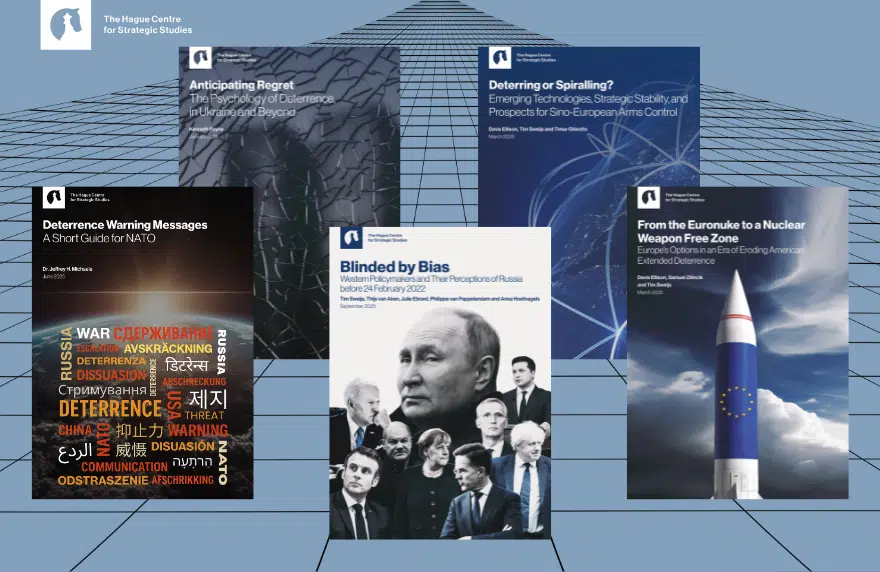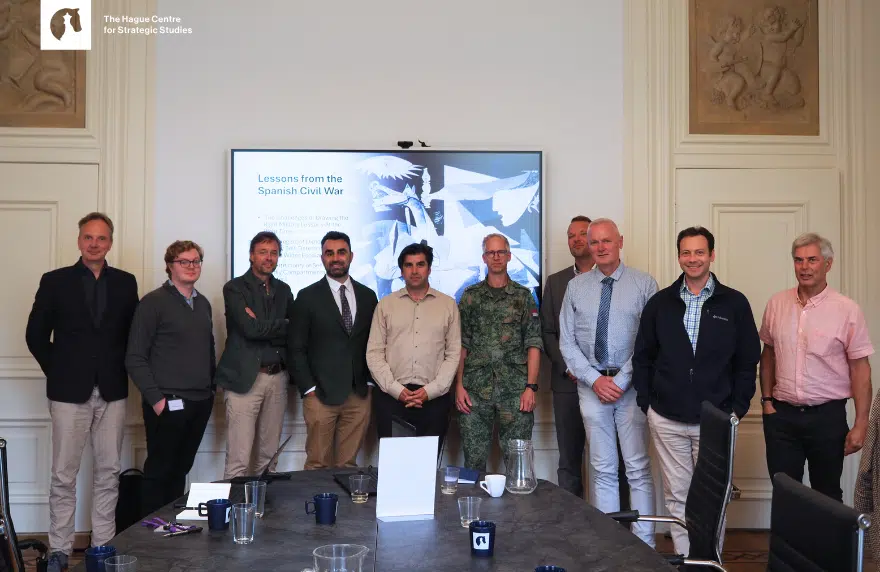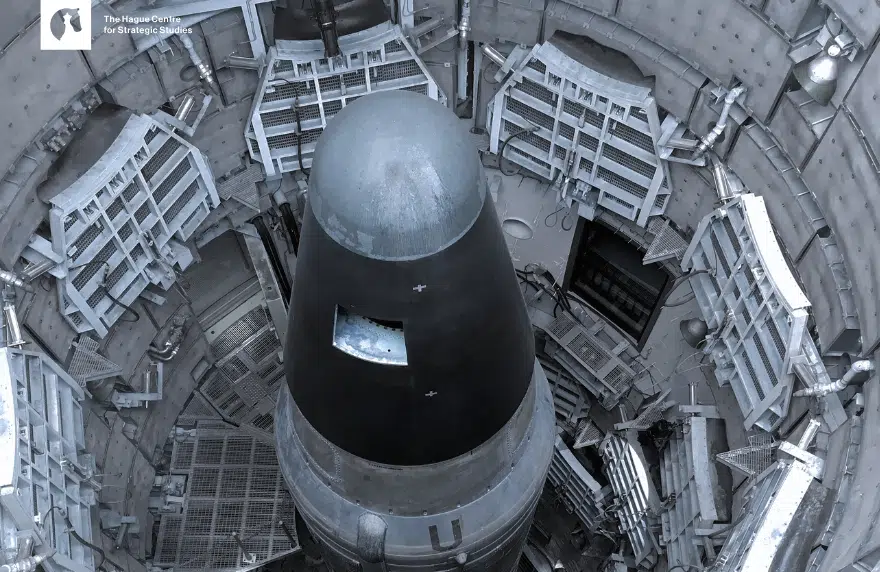Demonstrations turning violent more often, and political violence is increasingly seen as an acceptable tool. Why is this, and what can governments do to counter this worrying trend?
At the recent mass anti-immigration demonstrations in London and the far-right riots in The Hague, one could find English and Dutch supporters of the right hoisting placards with the face of the recently murdered American far-right podcaster Charlie Kirk. The death of this divisive figure was felt not only in the American right-wing, but amongst an internationalised viewership that has similarly mobilised around Kirk’s culture war topics.
There is something in the air over the Atlantic that feels like a new wave of political violence as an acceptable tool. Tensions feel incredibly high. Police and think-tanks alike have reported on creeping fears of violence. The mourning of such violence is noticeably divisive as well, with partisan leanings shaping perceptions of what violence is systemic or even directed, and which are simply “random acts”. For example, few politicians in Europe made any mention of the assassination of Democratic state lawmakers in Minnesota, while Kirk became an overnight symbol.
This article considers how the internationalisation of political polarisation, particularly on so-called “culture war” topics, is contributing to an interconnected wave of political violence that is continuing to spiral. Enemy imaging used by politicians and influencers and a political culture that has frozen in the face of violence, are only further fuelling this spiral.
“The danger of the culture wars, especially as the right practises it, is that it turns political opponents into primordial enemies.”
“Political moderates are finding themselves lost while facing a politics that deliberately foments enemy images and violence.”
Read the full article here.







